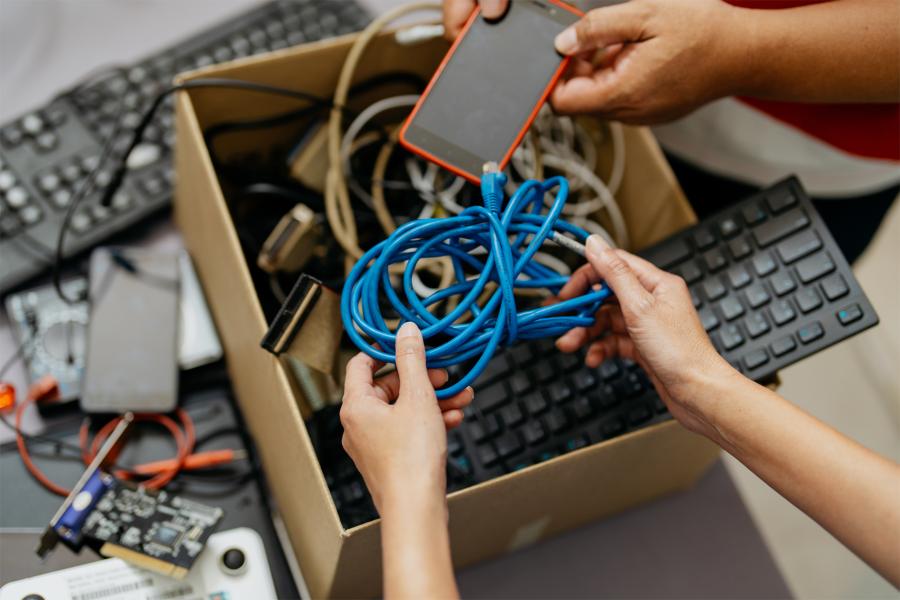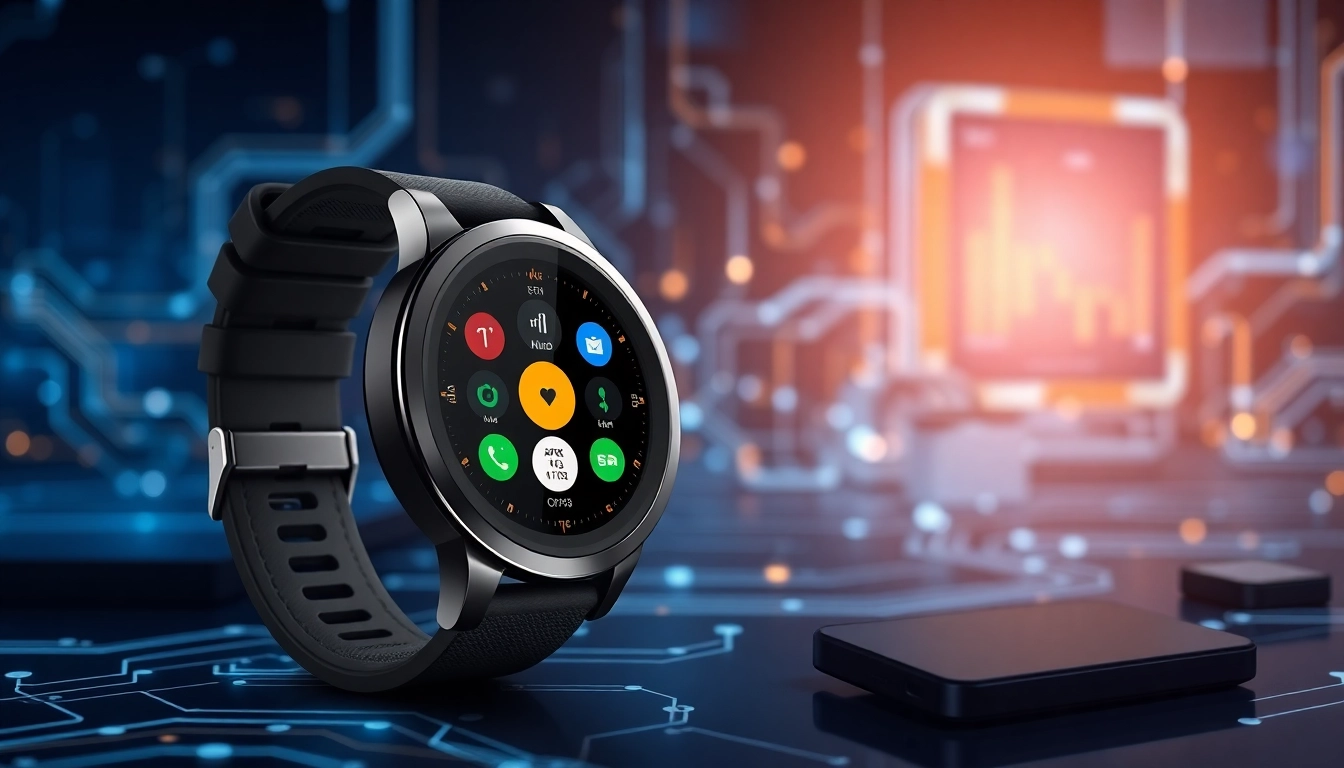Understanding IT Recycling: What You Need to Know
With the rapid evolution of technology and widespread adoption of electronic devices, the need for it recycling reading has never been more critical. Organizations and individuals alike are generating increasing amounts of electronic waste, or e-waste, which includes discarded computers, smartphones, and other electronic devices. Understanding the basics of IT recycling is essential to ensure responsible disposal and effective conservation of resources.
The Importance of IT Recycling in Reading
IT recycling plays a significant role in reducing landfill waste, thereby promoting sustainability. As Reading continues to grow as a technological hub, the volume of e-waste generated is likely to increase, necessitating proper recycling practices. Effective IT recycling not only helps safely dispose of obsolete technology, but it also promotes resource recovery and circular economy initiatives within the community.
Common E-Waste Items and Their Impact
E-waste encompasses a wide range of electronic products, including:
- Computers and laptops
- Mobile phones
- Tablets
- Monitors and televisions
- Printers and scanners
These items often contain hazardous materials such as lead, mercury, and cadmium, which can leach into the soil and water supply if not disposed of properly. Additionally, the valuable materials found in electronics, such as gold, silver, and copper, can be recycled and reused, reducing the need for mining new resources.
How IT Recycling Helps the Environment
IT recycling is crucial for environmental conservation. When electronic devices are properly recycled, harmful substances are managed responsibly, reducing the risk of pollution. Furthermore, recycling conserves energy: recycling aluminum, for example, uses 95% less energy compared to producing new aluminum from raw materials. This reduction in energy consumption leads to lower carbon emissions, contributing to a healthier planet.
How to Prepare for IT Recycling in Reading
Assessing Your E-Waste: What’s Recyclable?
Before taking your electronics to a recycling facility, it’s essential to assess your e-waste to distinguish between what can be recycled and what cannot. Commonly accepted items typically include:
- Computers and peripherals
- Mobile devices
- Televisions and monitors
- Office equipment like printers and copiers
Items that are not recyclable usually include household appliances like microwaves or vacuum cleaners. Familiarizing yourself with local recycling guidelines can help streamline the process.
Data Security: Safeguarding Your Information
Data security is a paramount concern when disposing of electronic devices. Personal information and sensitive corporate data can be vulnerable if not handled correctly. It’s essential to:
- Back up your data before recycling.
- Perform factory resets on devices.
- Utilize data destruction software for hard drives.
- Physically destroy hard drives if necessary.
Taking these steps ensures your information is secure and mitigates the risk of identity theft or data breaches.
Packaging and Transporting Electronics for Recycling
When preparing to transport e-waste for recycling, proper packaging is vital. Ensure that:
- Devices are powered off and unplugged.
- Cables are wrapped and secured to prevent damage.
- Boxes are sturdy and layered with cushioning material to prevent breakage during transportation.
By following these guidelines, you help ensure that your electronics reach the recycling facility safely and in good condition.
Choosing an IT Recycling Provider in Reading
Key Factors to Consider When Selecting a Service
Not all IT recycling services are created equal. When searching for a reputable provider, consider the following:
- Certifications: Ensure they adhere to local environmental regulations and have certifications related to responsible recycling.
- Transparency: Look for transparency in how they recycle electronics and what happens to them after collection.
- Reputation: Research customer reviews and testimonials to gauge reliability and service quality.
Selecting a certified and reputable recycling service ensures that your e-waste is handled responsibly and safely.
Understanding Costs and Collection Options
Some IT recycling services offer free collection for businesses and individuals, while others may charge fees based on the volume or type of electronics. Investigate various collection options, including:
- Drop-off locations
- Scheduled pickups
- Community recycling events
Understanding the various options and associated costs can help you make the most economical and effective choice for your IT recycling needs.
User Reviews and Reputation: What to Look For
Before selecting an IT recycling provider, pay attention to user reviews and their overall reputation. Key aspects to focus on include:
- Quality of service
- Timeliness of pickups
- How well the provider adheres to environmental standards
Online review platforms and community forums can provide valuable insights into potential recycling companies, helping you make an informed decision.
The IT Recycling Process Explained
Step-by-Step Breakdown of Recycling Stages
The IT recycling process typically involves several stages:
- Collection: Devices are collected through drop-off points or scheduled pickups.
- Sorting: Electronics are sorted based on types and materials for efficient recycling.
- De-manufacturing: Components are disassembled for better processing.
- Recycling: Materials are treated, recycled, and sent back into production.
Understanding these stages can help you appreciate the effort involved in responsible IT recycling.
How IT Assets are Refurbished or Disposed
Once collected, IT assets may be refurbished for resale or responsibly disposed of. Refurbishment often includes:
- Repairing broken parts
- Updating software
- Data sanitization for security
If refurbishment is not feasible, devices are dismantled, and their materials are recycled according to environmental regulations. Proper disposal ensures a lower environmental impact.
Measuring the Impact of Recycling Efforts
To gauge the effectiveness of IT recycling initiatives, consider key performance metrics such as:
- Volume of e-waste processed
- Amount of materials recovered from recycling
- Reduction in landfill waste
- Energy savings from recycled materials
Monitoring these metrics helps organizations assess their recycling practices and inform future strategies.
Frequently Asked Questions About IT Recycling Reading
What types of electronics can I recycle?
You can recycle computers, monitors, laptops, smartphones, and other electronic devices, such as printers, gaming consoles, and audio equipment.
Is there a fee for IT recycling services?
Many providers offer free IT recycling services, particularly for businesses. However, fees may apply depending on the type or quantity of devices.
How can I ensure my data is completely destroyed?
Ensure data destruction by performing a factory reset, using data sanitization software, or, for high-security needs, physically destroying the hard drive.
Where can I find IT recycling events in Reading?
You can check local government websites, community boards, or electronics retailers for scheduled IT recycling events in Reading.
Can businesses request bulk recycling services?
Yes, many IT recycling providers offer bulk recycling services for businesses, often at no cost, facilitating the responsible disposal of large volumes of e-waste.



